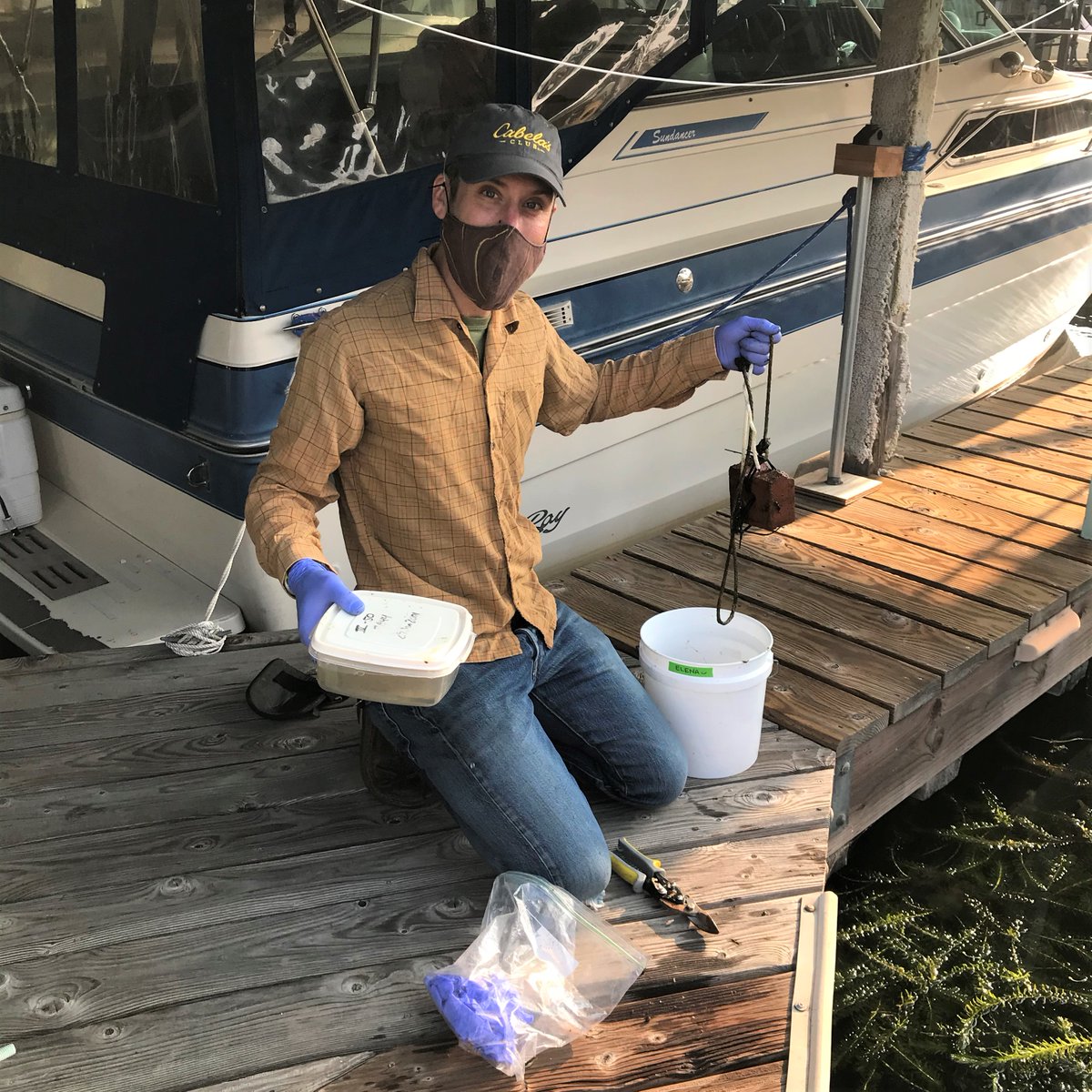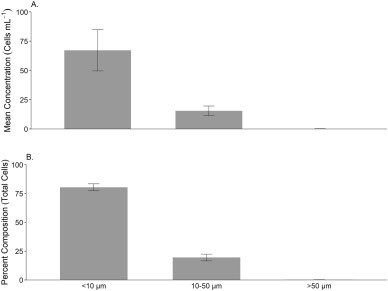The encrusting #bryozoan (Watersipora sp.) is giving our taxonomists a headache! Through genetics, we've discovered what we thought was one species is actually MULTIPLE & they cannot be identified by morphological characters alone! #InvasiveSpecies #InvasiveSpeciesWeek (1/6) 

One species, Watersipora subtorquata complex, is wide spread as an #InvasiveSpecies across the globe. However, we have a poor understanding of its native region since it has been so often confused with several other species! #InvasiveSpeciesWeek #NISAW (2/6) 

To make things even MORE confusing, there are multiple clades of the Watersipora subtorquata species! A clade is a group of organisms with the a common ancestor on its family tree. #InvasiveSpeciesWeek #NISAW (3/6) 

Our #SERCWest scientists recently reported a grove of Watersipora in a marine protected area. Its ability to spread widely & dominate in these habitats makes us feel even more pressure to understand its life history. Read about this discovery here: goo.gl/QXw9iR (4/6)
Basically, science-ing ain’t easy, y’all! We are telling you this story about Watersipora to point out that identifying #InvasiveSpecies can be a lot more difficult than you think – even for the experts! #InvasiveSpeciesWeek #NISAW (5/6) 

To read more about Watersipora and all of its interesting life history – check out the National Exotic Marine and Estuarine Species Information System (NEMESIS)! goo.gl/ohSZ4M 🔬#InvasiveSpeciesWeek #InvasiveSpecies (6/6) 

• • •
Missing some Tweet in this thread? You can try to
force a refresh



















